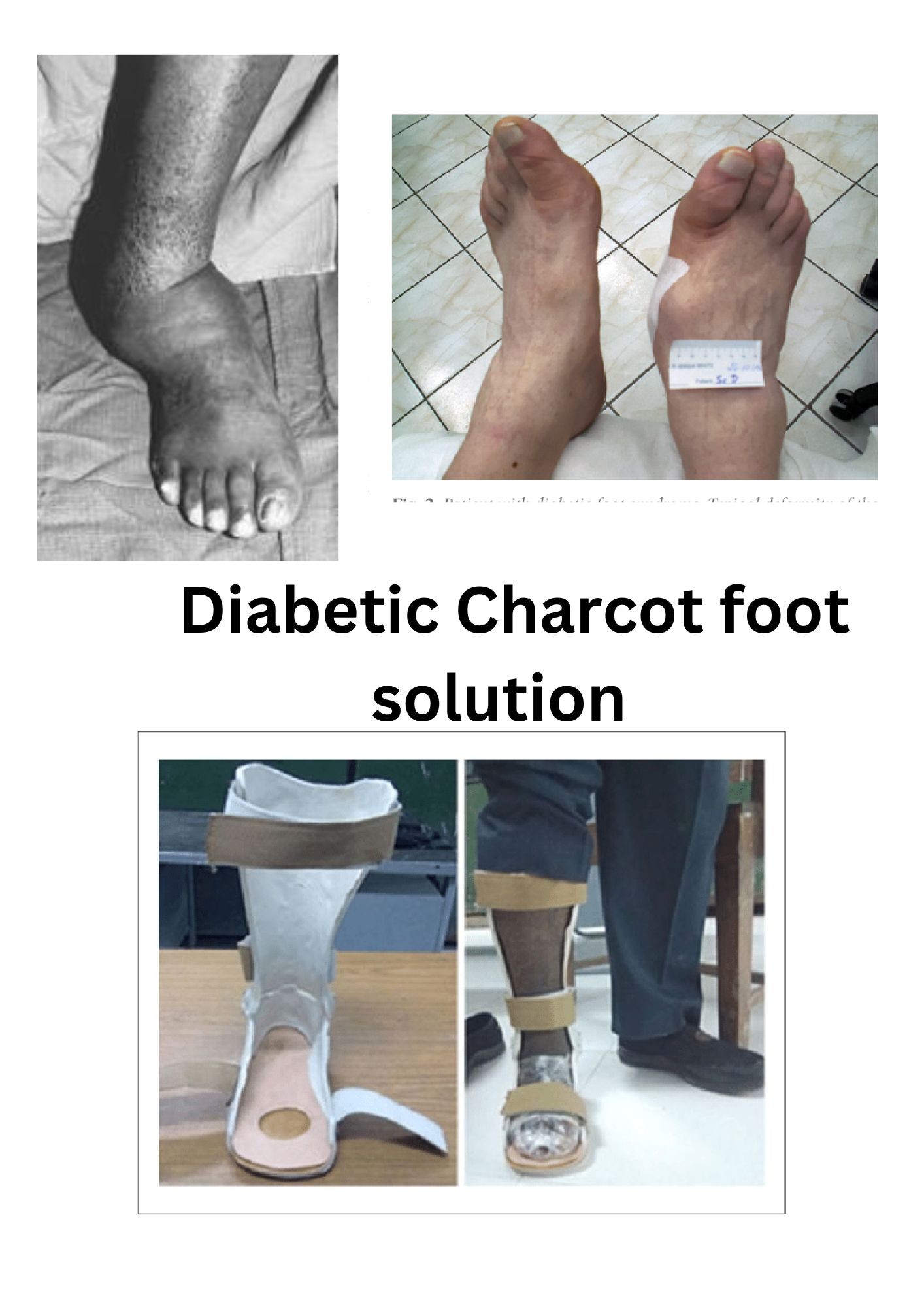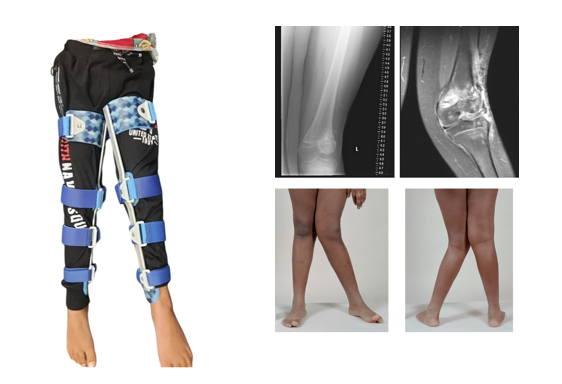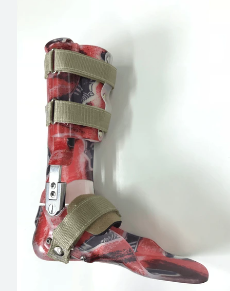Charcot foot, which is a condition that affects the bones in the foot and ankle and often leads to joint deformities and instability, specialized insoles can be crucial in providing support and preventing further damage. Here are a few types of insoles that might be used: Custom Orthotics: These are specially designed to match the unique contours of your feet. They help distribute pressure evenly, stabilize the foot, and prevent further deformities. A podiatrist or orthotist can create these based on a detailed assessment of your foot structure and needs. Offloading Insoles: These are designed to reduce pressure on specific areas of the foot. For Charcot foot, offloading insoles can help redistribute pressure away from the affected areas to help prevent ulcers and further complications. Rocker Sole Insoles: Rocker soles have a rounded heel-to-toe transition which can help reduce stress on the foot while walking. This can be particularly helpful for individuals with Charcot foot to improve gait and reduce discomfort. Cushioned Insoles: Providing additional cushioning can help absorb shock and reduce the impact on the foot. This can be beneficial if you experience pain or discomfort due to Charcot foot. Rigid Insoles: Sometimes, a more rigid insole is needed to offer strong support and prevent excessive movement of the foot, which can be helpful in managing the condition and preventing further deformity.
Send Message








